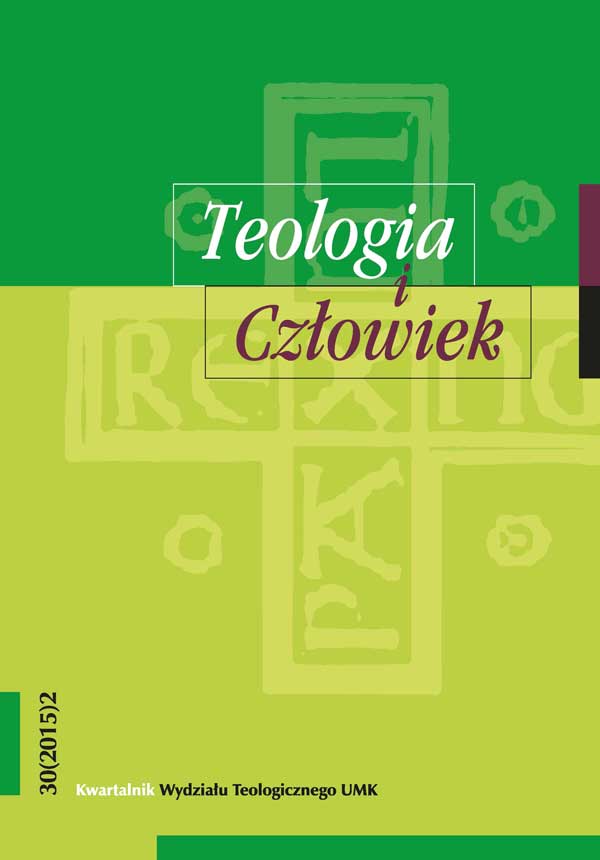Care and formation of delayed vocations
DOI:
https://doi.org/10.12775/TiCz.2015.020Keywords
Delayed vocations, classic or normal vocations, psychological and socio-cultural factors, vocation formation, vocation discernment, models for the formation of delayed vocations, spiritual and intellectual formation, seminary, celibacyAbstract
In the history of the Church, the phenomenon of priestly vocations coming from those who have already lived as adults is a constant feature. This has served as a real sign of the times, whether through the importance it has acquired in many local churches, or through the many new issues, which have emerged. On one hand, these so-called delayed vocations have represented a phenomenon which has been judged very positively, insofar as they served as a sign of the vitality of vocation work, resulting in at least a partial remedy for the considerable diminution of “classic” (“normal”) vocations, who predominantly come from humanities oriented secondary schools. On the other hand, delayed vocations present new pedagogical, disciplinary, and structural challenges regarding both priestly identity and preparation for the priesthood. The varied experiences of local churches show that Bishops, and all who have at heart the promotion of delayed vocations, must make efforts in various ways to promote them and adequately form them. In a particular way, they must ensure a deeper discernment of the authenticity of these vocations, and their solid spiritual and intellectual formation. The entire formation process must be founded upon a vision of priestly ministry which is fully in conformity with the doctrine of the applicable Ecclesiastical Magisterium, and which also must be differentiated from the formation received by candidates for the permanent diaconate, or by those lay people who undertake works of the apostolate. Great attention must be paid so that, in the formation of delayed vocations, the oneness of the Catholic priesthood is protected. The impression should never be given that there are two classes of priesthood, distinct from the cultural point of view and regarding the law of celibacy.
Downloads
Published
How to Cite
Issue
Section
License
CC BY ND 4.0. The Creator/Contributor is the Licensor, who grants the Licensee a non-exclusive license to use the Work on the fields indicated in the License Agreement.
- The Licensor grants the Licensee a non-exclusive license to use the Work/related rights item specified in § 1 within the following fields: a) recording of Work/related rights item; b) reproduction (multiplication) of Work/related rights item in print and digital technology (e-book, audiobook); c) placing the copies of the multiplied Work/related rights item on the market; d) entering the Work/related rights item to computer memory; e) distribution of the work in electronic version in the open access form on the basis of Creative Commons license (CC BY-ND 3.0) via the digital platform of the Nicolaus Copernicus University Press and file repository of the Nicolaus Copernicus University.
- Usage of the recorded Work by the Licensee within the above fields is not restricted by time, numbers or territory.
- The Licensor grants the license for the Work/related rights item to the Licensee free of charge and for an unspecified period of time.
FULL TEXT License Agreement
Stats
Number of views and downloads: 1392
Number of citations: 0



